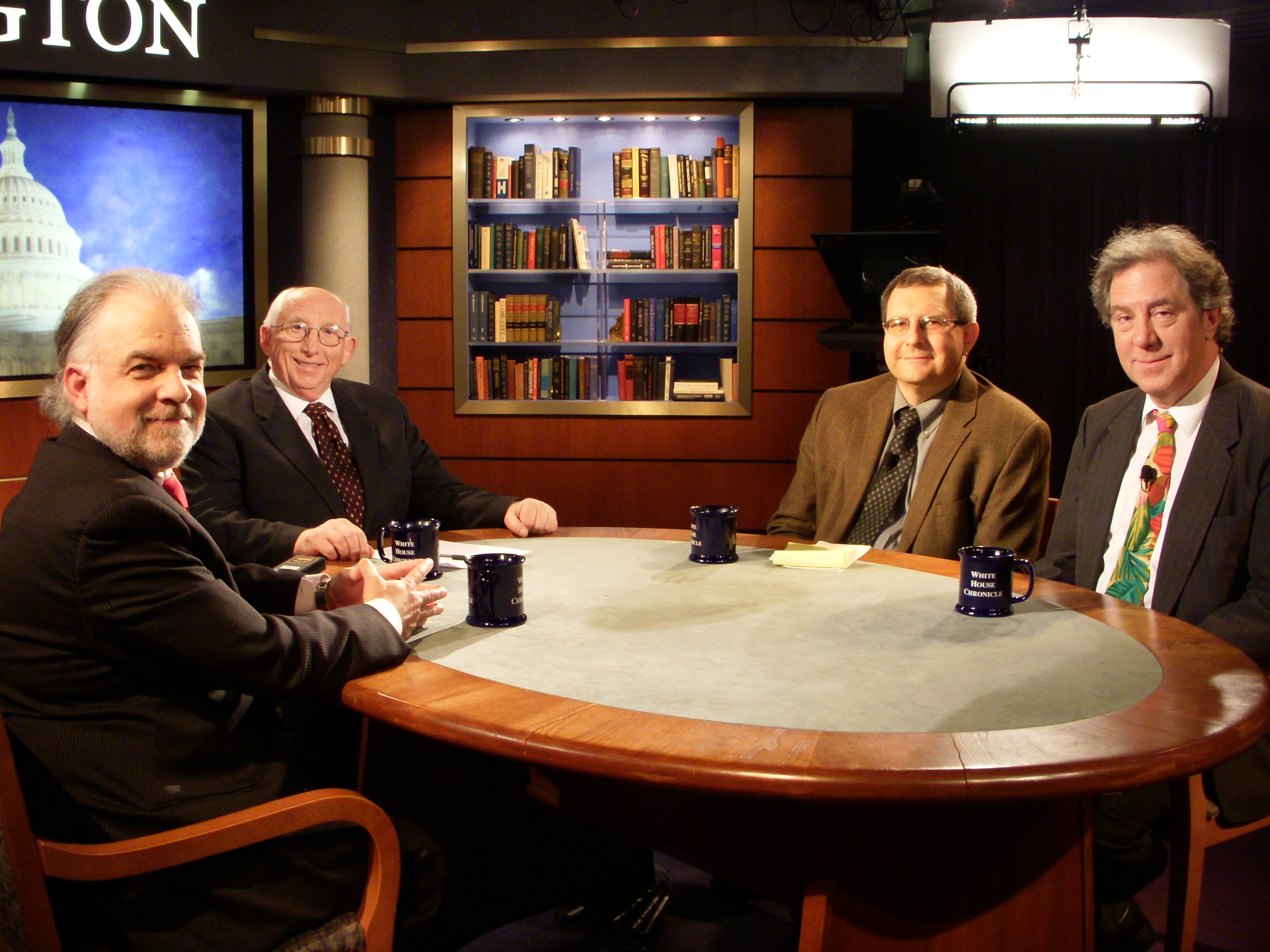Colorless, odorless natural gas is changing the world geopolitically and economically in ways undreamed of even five years ago.
It is a giant upheaval of which President Obama is both the beneficiary and the victim. He benefits because low natural gas prices are helping consumers and industry. And he is undermined by them because the cheap gas is savaging his dreams of “green” energy alternatives with scads of jobs attached.
The technologies which have brought on the gas boom also are contributing to enhanced oil production in the United States. Who would have believed that North Dakota would become the third-largest oil-producing state?
But the price of gas, now at historical lows, is also a political difficulty for Obama. His energy policy has been based on the old reality of shortage and a need for “alternatives.” In the administration’s scheme of things, the slack was to be taken up by the renewable sources ofenergy, wind, solar and wave power. With natural gas in plentiful supply and pushing out coal and new nuclear, the president is saddled with his failed attempts to push alternatives and to create a plethora of “green” jobs.
Yet without the boost that oil and natural gas are giving to the economy, it would be in worse shape than it already is.
A similar natural resources boom in the North Sea greatly aided Margaret Thatcher’s government and has underwritten Britain’s economy to this day, when production and British prosperity are both in decline.
New technology has brought the gas boom to the world and with it a change in geopolitics, soothing some tensions and exacerbating others.
The biggest excitement is in the Eastern Mediterranean, where there have been huge discoveries of gas — and sometimes oil and gas — off the coasts of Egypt, Israel, Lebanon, and around the Island of Cyprus.
The problems reflect the old tensions of the regions and some new ones, such as the growing estrangement between Israel and Turkey and the projection of Russian interests in the region.
Cyprus, itself a divided island since the Turkish invasion of 1974, is the closest member of the European Union to chaotic Syria and is being courted on several fronts by Russia.
Russia is worried about new gas supplies affecting its monopoly in gas supply in Europe, as well as the future of its naval base in Syria. As a result, Russia is pouring money and people (150,000) into Cyprus to keep its options in the Mediterranean open.
Cyprus would like to become a transshipment point for Israeli gas (when a gas liquefaction plant is built). But claim to reserves in its own territorial waters are being contested by Turkey and the Turkish Cypriots. About 63 percent of the island is controlled by 900,000 Greek Cypriots who claim to speak for the whole island.
With new gas everywhere, there will be a rush to find markets. Europe, for example, is hoping to ease its Russian gas dependence by building pipelines that will bring gas from Central Asia through Turkey avoiding Russia. Others, like Qatar, are looking away from Europe and to Asia for new customers.
The appeal of gas to electric utilities everywhere is undeniable. It burns with about half the greenhouse effluent than oil and coal. The power plants are easily sited, do not need huge cooling structures and the capital cost is low.
However, methane, which makes up 75 percent of natural gas, is a serious greenhouse contributor and needs to be kept out of the environment. The other components of natural gas are ethane, 15 percent, and butane and propane come in at about 5 percent each. Natural gas is the world’s most abundant compound.
While the case against the swing to gas is primarily environmental, there is an economic concern about costs in the decades to come. The environmental case is twofold:
• One, that although it produces less CO2, a principal greenhouse gas, than coal or oil, it still produces half as much as they do.
• Two, that hydraulic fracturing, known as “fracking” affects groundwater, uses too much water itself in the process and may stimulate earthquakes.
Yet the chances of the world or the United States turning away from this new bounty are nil.
If the 19th century belonged to coal and the 20the century to oil, it looks as though the 21st will be the natural gas century. Reports of the death of fossil fuels are wildly exaggerated. — For the Hearst-New York Times Syndicate







